Long ago, airlines played exercise videos on long-haul flights, including those across the Pacific, to keep passengers active and prevent deep vein thrombosis (DVT). However, that tradition has mostly been axed even as airlines increasingly rely on narrow-body aircraft such as the A321neo and 737 MAX to Hawaii, which further restrict passenger movement.
Concerns continue about the health risks associated with prolonged immobility on airliners where it’s not easy to get up and stretch. The FAA has even created a DVT brochure, which you’ll find at the end of this article, to advise passengers before their flight.
DVT is a potentially life-threatening condition in which blood clots form in the legs and is a significant issue for passengers on extended flights. The limited space and movement restrictions on these aircraft add to the challenge of keeping active.
What the research says about flights over four hours.
The U.S. Centers for Disease Control (CDC) has confirmed that flights over four hours pose a risk for clot formation, especially when combined with dehydration and inactivity. The concern is heightened for passengers traveling where movement opportunities are further restricted and there are limited areas to stand. Even walking up and down a single aisle plane can be challenging with service carts in the way.
Research has long established a connection between long-haul travel and an increased risk of deep vein thrombosis. Another study published in the Journal of the American Medical Association found that once the duration of flights was extended to eight hours or more, there was double the risk of developing venous thrombosis in passengers, particularly those with existing risk factors such as obesity, age over 45, and a history of clotting disorders. The study emphasized that prolonged immobility and dehydration are key elements increasing the risk of blood clots.
Challenges on narrow-body aircraft.
One traveler recently shared their experience, stating:
“Lost in all the ever-shrinking seat pitch on narrow-body long hauls is the increased risk of DVT and subsequent potential for pulmonary embolism. I’ve had the unfortunate experience of each, and it is important to move around, and stay hydrated, which means having to move about a cabin with little stretch-out space.” — BOH commenter CL.
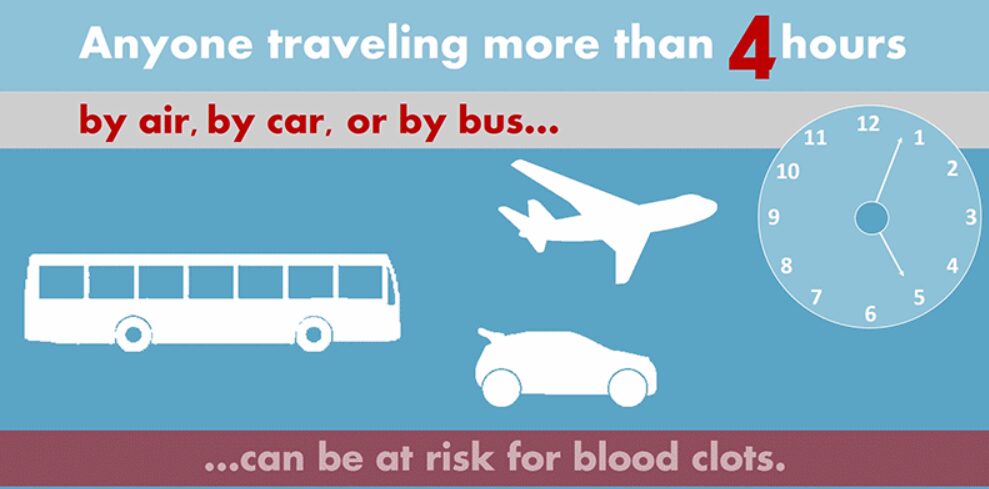

The reduced seat pitch and long flight durations make following recommended inflight health measures challenging. Studies show that restricted movement, lower cabin humidity levels, dehydration, and prolonged sitting slow circulation and increase the likelihood of clot formation. The Federal Aviation Administration warns that these risks are particularly concerning for travelers with preexisting health conditions.
One of our readers wrote, “It’s almost impossible to move around on these planes. I could barely stand up once or twice during the entire flight to Honolulu.”
This lack of mobility makes it critical for passengers to be proactive in preventing DVT.
Preventive measures for travelers.
While airlines provide little support in proactively addressing DVT risks, travelers can take several measures to reduce their likelihood of developing blood clots during flights to Hawaii. The American Heart Association recommends wearing compression socks, which help promote circulation and prevent swelling. Studies confirm that these socks significantly lower the risk of clot formation, especially for those travelers at higher risk. Learn more about compression socks and flying.
Staying hydrated is another key preventive measure.
The low humidity levels in airplane cabins can contribute to dehydration, which thickens the blood and increases clotting risk. Drinking water regularly throughout the flight and reducing alcohol and caffeine may help maintain healthy circulation.
Simple in-seat exercises can also make a difference. Leg stretches, ankle circles, and foot pumps can keep blood flowing even when standing and walking around are difficult. A study in The Lancet found that passengers who performed frequent in-seat movements had a significantly lower incidence of travel-related thrombosis.
Should Hawaii airlines do more?
Although one airline, Qantas, has been a leader in introducing inflight exercise videos and wellness programs, most carriers flying to Hawaii have yet to implement similar initiatives. More proactive measures could include providing educational materials in seatback pockets, offering reminders via inflight announcements, and encouraging passengers to move around when it is safe to do so.
Such initiatives would align with growing passenger awareness of inflight health risks and their desire for a safer, more comfortable travel experience, especially to an arguably health-focused destination like Hawaii.
As future research sheds more light on the connection between air travel and DVT, airlines and passengers are responsible for prioritizing in-flight health. Will travelers have to navigate these risks independently, or will airlines help by introducing more comprehensive health initiatives?
Please share your thoughts.
Deep_Vein_ThrombosisGet Breaking Hawaii Travel News
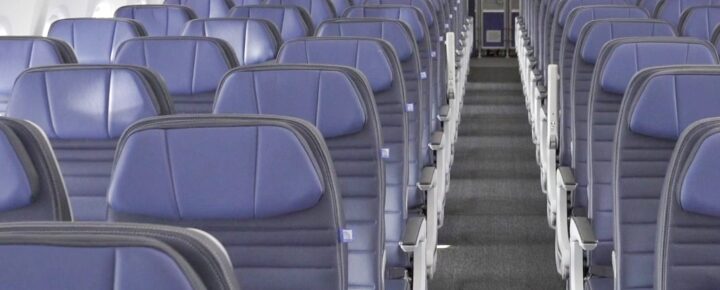
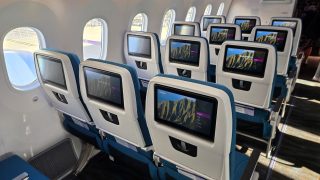
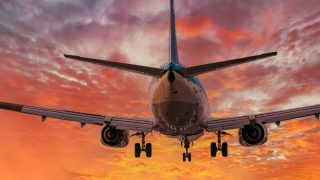

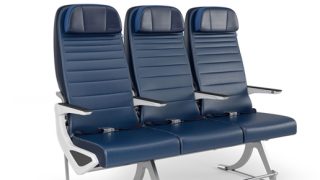
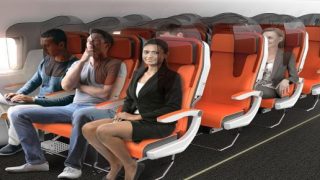

If the airlines achieve their final evolved state those in first class will have treadmills and saunas and those in basic economy will be shackled ankle to ankle like a chain gang on a prison bus. You think I’m joking…
We’re flying to Kauai on Saturday and I appreciate the reminder to move around and stay hydrated. It’s a 7-hour flight for us. One of the things that concerns me about getting up more frequently is sudden turbulence, and BOH has kept me well aware of that! I guess we will just need to do more exercises in our seats. Thank you for the information.
707’s and DC-8’s, to say nothing of prop planes flew to Hawaii for 2 decades before widebodies.
How does the use of narrowbodies and 1″ less seat pitch now make a difference in DVT?
Thank you for the info.
This has been issue for me for years I wear the socks but my toes and feet cramp so bad I cannot even get up to walk much less stand up
This has been a real issue for us for years. To that end we always book aisle seats and stand up and walk the aisle a few times. The bottom line for airlines is profit and if they could get away with it, they’d stack passengers three deep. Our health is not even on their radar- if it was, we wouldn’t be crammed in like sardines.